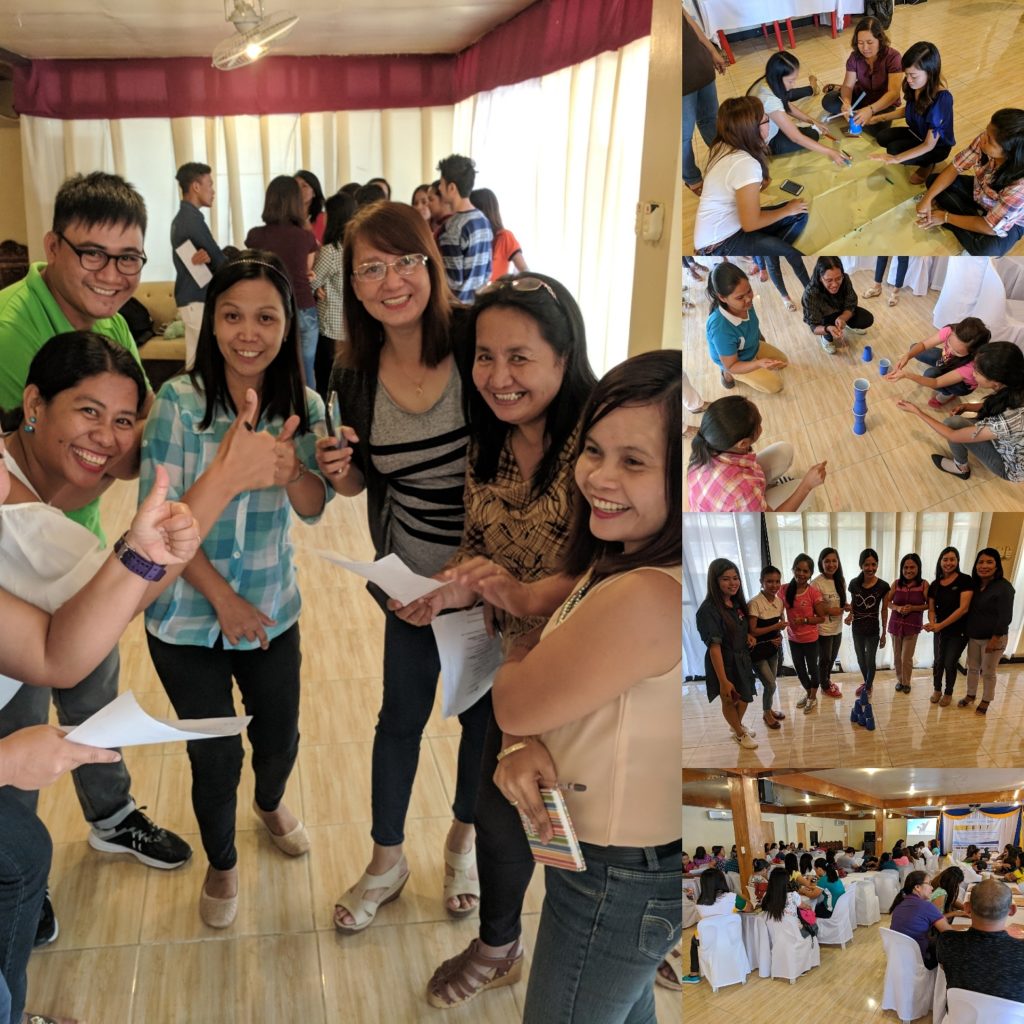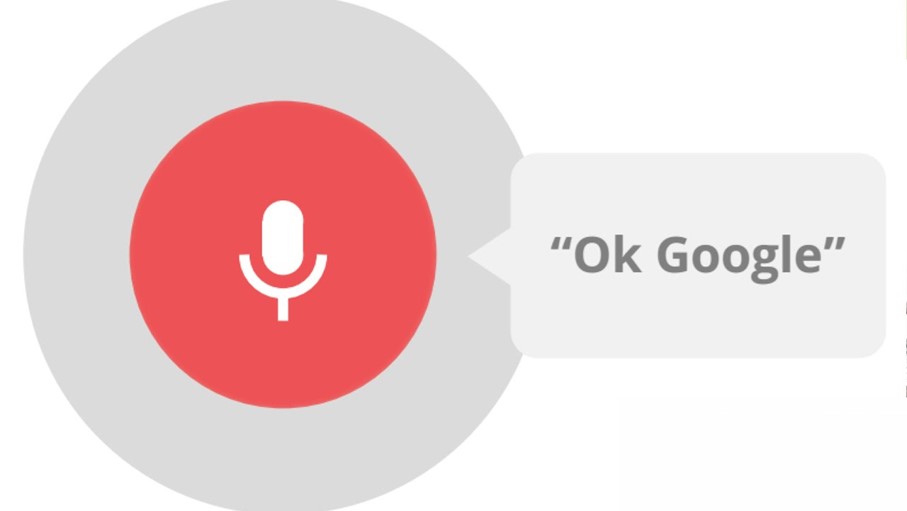I have been working with some maths and science teachers in the Philippines this week around Inquiry Based Learning and STEM learning. One of the things we have been focussing on is how do we teach and encourage our students to think better.

Often educators talk about enhancing learning, which we should do, but what about thinking? Thinking shouldn’t be confused with learning. Just because you think, it doesn’t mean that you learn, but this does not mean thinking is subservient to learning.
With the focus on learning, we often talk about raising achievement and assessment scores. Finding the correct answer, following the procedure, remembering the concept or formula seems to take precedence. The problem with this outcomes based focus is that technology can do ALL of this better and faster than we can.
Stacey Barr in her book, Prove it! How to create high performance culture and measurable success, makes the following observation.
If we fix our organisational performance problems with the same level of thinking that created them, the problems will simply resurface later.
There are many books now that make comment on the type of students the education system is producing, and the way in which they are not prepared for a modern workplace. If you are considering how you can prepare students for the workplace you need to know that in business, we don’t need people who can solve a problem, we need people who can think differently about the problem.
Typically in education, we would celebrate the fact that we developed an answer, yet in reality what is more important than the answer is a new level of thinking that will develop new answers.
So as educators we need to be thinking about how we can improve the thinking skills of our students.
3 ways technology can make our students dumber (and impact their ability to think).
1. Apps such as PhotoMath, can show students an answer to a maths problems and the steps to solve that problem. They simply need to take a photo of the equation and click solve.
This feature is also built into OneNote, where the students can write the equation, select it and then simply click the ‘Maths’ button. With the availability of this technology, the onus is on us as teachers to find ways to ask questions that causes our students to think.
The video below shows you how to solve maths questions in OneNote.
2. Ok Google. At the risk of sounding old fashioned, I’ve got to say that most research tasks don’t encourage the students to think. It used to be that when we did research, we would read from multiple sources, collate information, have to process and synthesise that information and them put it together in a response. Now students just type in random search terms, click on the first few search results, copy and paste some text, change it a bit so it isn’t picked up by plagiarism tools and then hand it in.
Did you know there is a whole research process you can use with your students that requires them to think about the task, process the information and submit evidence of their thought process? The recording on how to do this is in our Online Professional Learning Network.

3. Are computer keyboards making our students dumber?
Type the following Google search “the pen is mightier than the keyboard” and take a look at the research that suggests the answer is yes! Here’s the link to the results for those of you who don’t want to type that 😉
Research is showing that cognitive ability of students is inhibited when those students use a keyboard to input information into a computer during a lesson.
It’s not all bad news. Whilst the students ability to comprehend the lesson, retain and recall information is reduced, it is enhanced when they are using a digital pen (digital inking). This whitepaper has some interesting insights and this book by Sharon Oviatt will provide some great food for thought.
When the goal is simply to get facts, figures and content into the students laps, the keyboard is fine. However if you want your students to THINK while they work, then they should be using a pen.
[bctt tweet=”if you want your students to THINK while they work, then they should be using a pen. ” username=”mikereading”]
The answer is the question.
I love this quote by David Geurin
RT @DavidGeurin We arrive at better thinking by asking more interesting questions, not by seeking right answers. #edchat " pic.twitter.com/F506klOyxE
— Mike Reading (@MikeReading) October 30, 2017
This tweet really sums up the inquiry process. It’s not about the destination but the journey of discovery that happens along the way.
While technology can help our students find the answer, as teachers we also need to consider how technology can help our students THINK not just solve and find.
How do you encourage your students in the inquiry process? We’d love to hear your thoughts in the comment section below.










